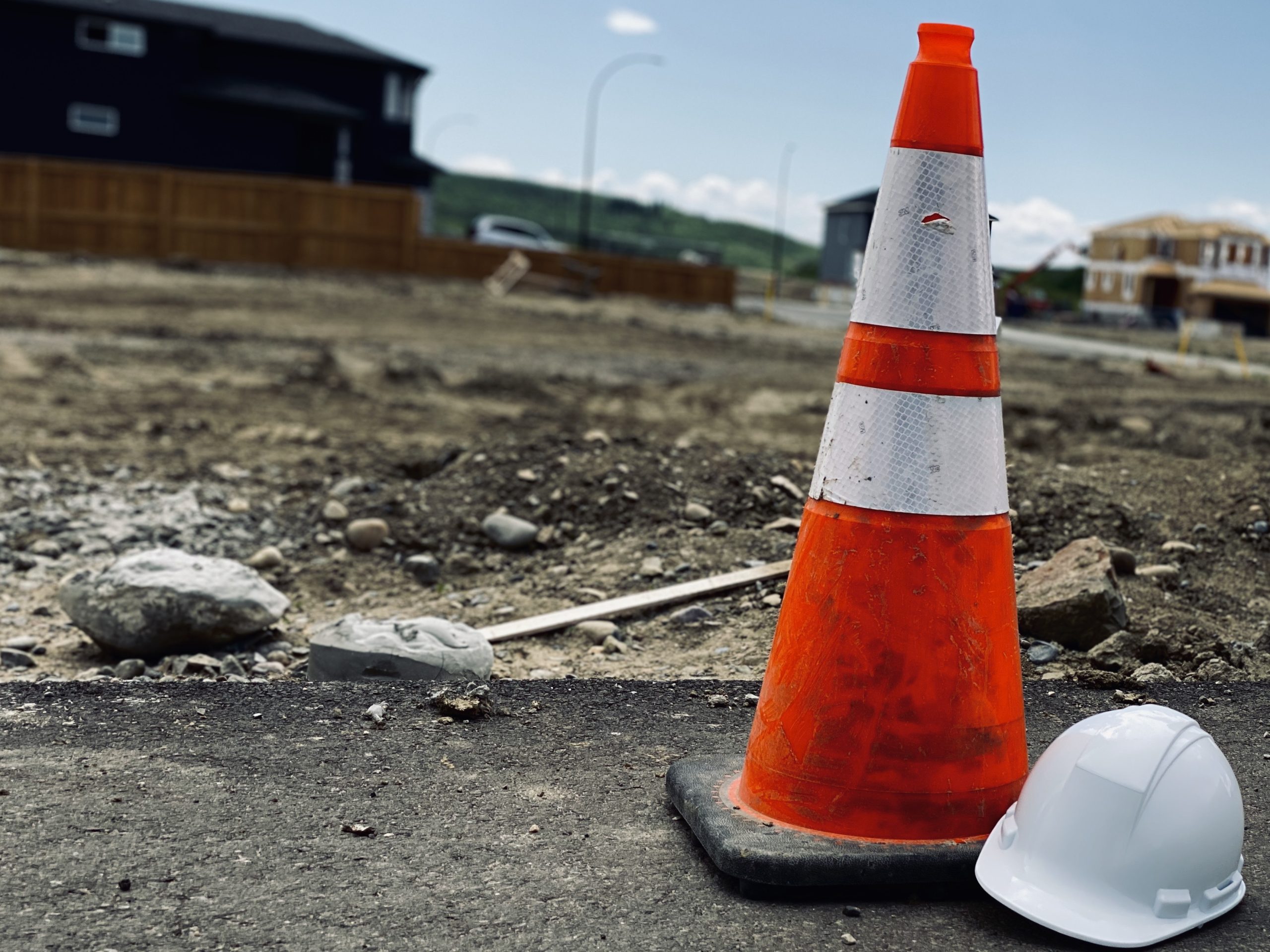In Alberta, employers with 20 or more regularly employed workers must have a health and safety program. Employers with fewer than 20 regularly employed workers are not required to have a program but must have documentation in place that meets the requirements established by OHS legislation. Are you feeling overwhelmed and/or confused about how to get a health and safety program started for your company? Do you feel intimidated by the amount of work it takes to create and implement a safety program? The answer to your dilemma, take one step at a time.
What is a health and safety program?
A health and safety program is an organized, written action plan used to identify and control hazards, define safety responsibilities and respond to emergencies. It’s meant to prevent accidents and occupational diseases. This program must contain the elements required by health and safety legislation. It should be clearly stated, signed by management, kept up-to-date, communicated to each worker and followed for all work activities. Safety programs provide guidelines that direct procedures. They include checklists that can make work environments safer by preventing mishaps. Workers are required to know safety procedures that need to be followed in their specific department/area.
Why do you need a health and safety program?
There are several reasons why workplaces need a health and safety program:
- to demonstrate management’s commitment to employee health and safety
- to indicate to employees that safety performance and business performance are compatible
- to state the company’s safety beliefs, principles, objectives, strategies and processes
- to promote buy-in to safety awareness through all levels of the company
- to outline employer and employee accountability and responsibility for workplace health and safety
- to comply with the Occupational Health and Safety Act
- to set out safe work practices and procedures to be followed to prevent workplace injuries and illnesses
How to get your health and safety program started:
The following are some simple steps you can take to get started on your health and safety program.
- Learn government requirements: Read and understand government safety requirements.
- Promote safety and health as a core value: Let employees know that their health and safety are important to you and that you’ll work with them to find and remedy any hazards that could injure them or make them ill. Include safety in your company mission statement and set safety-related goals. Document the goals so they can be measured and improved.
- Lead by example: Practice safe behaviours and make safety part of your daily conversation with workers.
- Implement a reporting system: Develop and communicate simple procedures for employees to report injuries, illnesses, incidents, near misses, hazards and/or safety and health concerns. Ensure that they can report without fear of retaliation and include an option for reporting anonymously.
- Track and investigate incidents/accidents/near misses: Determine the cause of incidents/accidents/near misses, identify what changes are needed, take corrective/preventative measures and track these measures for effectiveness.
- Provide training/education: Train workers on how to identify and control hazards in the workplace, as well as report injuries, illnesses and near misses. Consider in-person, online and continuous training opportunities. Ensure training is provided for:
- New hires
- Individuals who recently transferred or changed assignments
- Any time a new process, substance, or piece of equipment is added
- Any time new hazards are identified
- Any time refresher training is needed or required by regulations
- Conduct inspections: Regularly inspect the workplace with workers and ask them to identify any activity, piece of equipment and/or materials that concern them. Use checklists to help identify problems.
- Collect hazard control ideas: Ask employees for ideas on improvements and follow up on their suggestions. Research possible solutions.
- Implement hazard controls: Assign workers the task of choosing, implementing and evaluating solutions.
- Address emergencies: Identify possible emergency scenarios and develop instructions on what to do for each. Meet with workers to discuss these procedures and post them in a visible location in the workplace.
- Seek input on workplace changes: Before making significant changes to the workplace, work organization, equipment and/or materials, consult with workers to identify potential safety or health issues.
- Regularly review the program: Annually review training, procedures and written documentation, looking for ways to improve the program.
- Make improvements: Set aside a regular time to discuss safety and health issues and to implement improvements recommended through regular reviews.
- Consider software: A paperless safety management system allows your company to move your entire safety program from clipboards and filing cabinets to mobile apps on the web. A digital system significantly eases the burden of both time and cost. It provides speed of task completion, visibility of data, ability to track activity, accuracy of record-keeping and ease of data analysis.
- Contact a health and safety consultant: A health and safety consultant is an expert. They have the knowledge, experience and training to help you establish your health and safety program quickly and effectively. They bring clarity and focus to the process. They can provide training for your employees. Using the services of a safety consultant eliminates the pressure of wondering if you’re in compliance. By hiring a safety professional, you can be sure that your company is meeting and exceeding industry requirements.
Developing a health and safety program is an involved and complex process. It requires time and attention to maintain and effort to continue to improve consistently. If you find the task overwhelming, consider the services of a safety consultant. They can help simplify, speed and ease the process of development and training.
Need help starting a health and safety program? Looking for professional safety consultants that are passionate and knowledgeable? Want a safety consultant that responds in a timely manner and provides teaching at every opportunity? Seeking customer service that exceeds your expectations? Get in touch with 1st Quality Safety Consulting. We provide safety programs, monthly consulting packages, digital safety management software and online and in-person courses.







